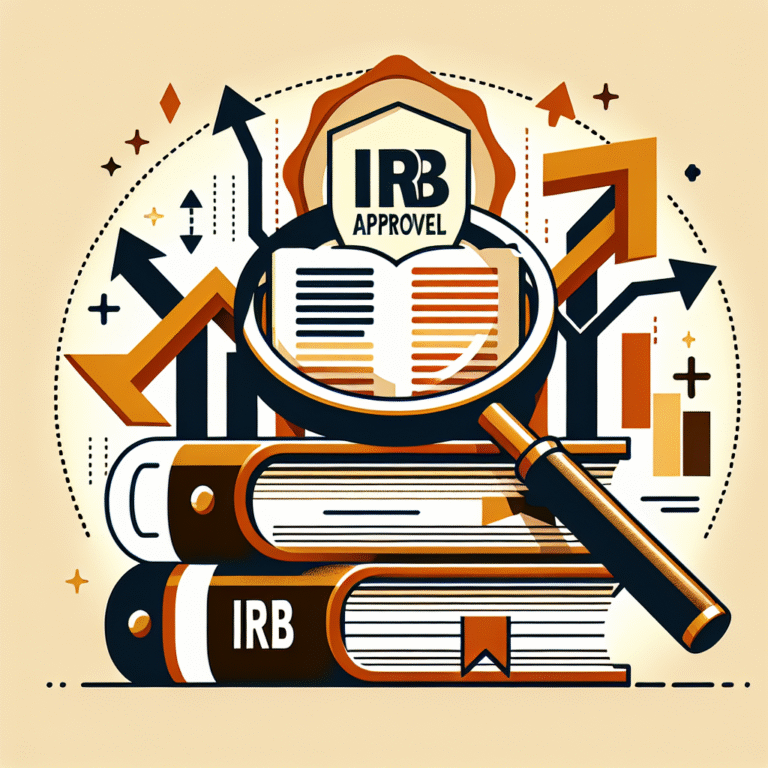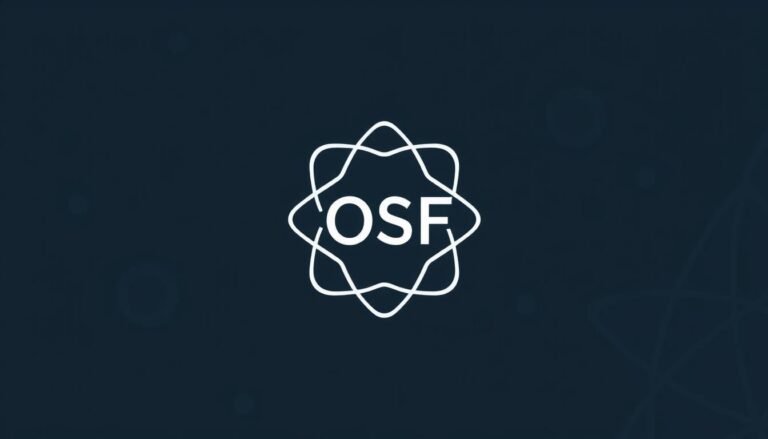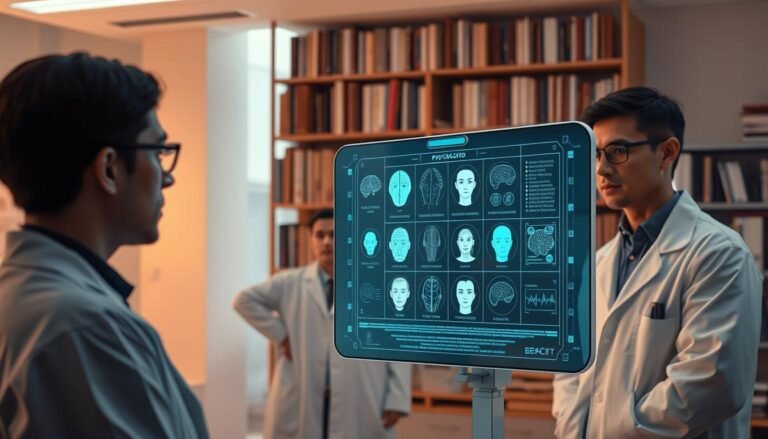Introduction
Change is a ubiquitous part of our existence, from our personal lives to professional settings. As we journey through various phases, we often encounter moments where adaptation becomes imperative. The ability to adjust and pivot effectively can define our overall success. “Feel free to modify any of the suggestions to better fit your article’s focus!” isn’t just a throwaway statement; it encapsulates a crucial mindset in harnessing the power of flexibility and creativity in any endeavor. In this article, we will explore the significance of adaptability, how embracing this mindset can transform challenges into opportunities, and delve into compelling case studies that exemplify these principles in action.
Embracing Change: The Key to Growth
The Importance of a Flexible Mindset
At its core, adaptability involves modifying one’s approaches to meet evolving circumstances. A flexible mindset encourages innovation, creativity, and problem-solving. Whether you’re crafting a business strategy or planning a family vacation, the willingness to adjust plans based on new information or feedback is vital. Here’s why:
- Enhanced Problem-Solving: A flexible mindset enables you to approach problems from various angles. This diversity in thought can lead to novel solutions.
- Resilience: Life is unpredictable. Embracing change helps in building resilience. The more adaptable you are, the less likely you are to feel overwhelmed by unexpected events.
- Opportunity Creation: Often, change brings unforeseen opportunities. Those who can modify their plans swiftly are more likely to capitalize on these moments.
Case Study: Netflix’s Evolution
Take Netflix, for instance. Originally a DVD rental service, Netflix pivoted towards streaming as technology evolved. They didn’t just ride the wave of change; they led it. By embracing digital content early and investing in original programming, Netflix transformed the entertainment landscape. This adaptability did not stem from a single moment of inspiration. Instead, it was a continuous effort to modify strategies based on audience preferences—a prime example of “Feel free to modify any of the suggestions to better fit your article’s focus!”
Analysis: Netflix illustrates how an organization can leverage adaptability to keep pace with market trends. Their story is a testament to the significance of evolving with customer needs.
Strategic Adaptation: Methods and Strategies
Holistic Review
Before making any modifications, a comprehensive review of existing strategies, structures, and practices is crucial. This step sets the stage for informed adaptations.
Table 1: Holistic Review Checklist
| Factor | Questions to Consider |
|---|---|
| Goals | Are they still relevant? |
| Audience | Has their behavior changed? |
| Resources | Are they adequate to support new directions? |
| Technology | What tools can enhance our processes? |
Feedback Loops
Creating a culture that values feedback can illuminate pathways for modifications and adaptations. In personal projects, it might involve seeking input from friends or mentors; in a workplace, regular check-ins can reveal insights that guide the direction of initiatives.
Prototyping Ideas
Incorporating a prototyping approach allows stakeholders to test activities or strategies on a smaller scale before full implementation. This trial phase is essential for gauging reactions and making tweaks along the way.
Case Study: Google’s Innovation Practice
Google exemplifies the use of feedback loops and prototyping. The company fosters a culture of open dialogue that promotes innovative thinking. Their "20% Time" allowed engineers to dedicate a fifth of their time to personal projects, leading to new products like Gmail.
Analysis: Google’s approach underscores how encouraging innovation not only leads to a more satisfied workforce but also produces groundbreaking products that meet evolving user needs.
Challenges of Modifying Plans
Resistance to Change
Despite the benefits of adaptability, resistance is often an obstacle. The fear of the unknown can lead to stagnation in both personal and professional realms.
Strategies to Overcome Resistance
- Fostering Open Communication: Discussing the benefits of potential changes can ease fears and encourage buy-in from stakeholders.
- Involvement in Decision-Making: When people contribute to the planning process, they’re more likely to embrace the changes.
- Training and Support: Investing in training can alleviate fears and equip individuals with the skills necessary to navigate shifts.
Case Study: Kodak’s Downfall
Kodak’s experience illustrates the perils of resistance to change. Despite inventing the first digital camera, Kodak hesitated to fully embrace the technology, opting instead to focus on its film business. This reluctance ultimately led to its decline in a rapidly changing market.
Analysis: Kodak serves as a cautionary tale. Adaptation is not just beneficial; it can be the difference between relevance and obsolescence.
The Power of a Growth Mindset
Cultivating a Growth Mindset
To smoothly navigate changes, it is imperative to adopt a growth mindset. This perspective empowers individuals to view challenges as opportunities for learning and development.
Key Characteristics of a Growth Mindset
- Embracing Challenges: Rather than avoiding difficulties, individuals with a growth mindset embrace them.
- Learning from Feedback: These individuals consider constructive criticism as a learning opportunity, adapting their approach accordingly.
- Persisting in the Face of Setbacks: A growth mindset fosters resilience, encouraging individuals to continue pursuing goals despite obstacles.
Case Study: The Resilience of J.K. Rowling
J.K. Rowling faced numerous rejections before publishing the first Harry Potter novel. Instead of succumbing to setbacks, she refined her manuscript and persisted, eventually achieving monumental global success.
Analysis: Rowling’s journey exemplifies how combining resilience with adaptability can lead to extraordinary achievements.
Conclusion
Adapting to change isn’t merely a reactive process but rather a proactive approach to realizing potential and seizing opportunities. The phrase, “Feel free to modify any of the suggestions to better fit your article’s focus!” perfectly encapsulates the essence of adaptability. By fostering flexibility, we can navigate through life’s complexities—both personally and professionally.
By embracing change, involving stakeholders, and cultivating a growth mindset, we position ourselves to not only survive but thrive. Change is inevitable; it’s our response to it that makes all the difference.
FAQs
1. How can I become more adaptable in my personal life?
To enhance adaptability, prioritize open communication, embrace challenges, and seek feedback regularly. Also, engage in activities outside your comfort zone.
2. What are some practical methods for embracing change in the workplace?
Initiate regular feedback loops, involve employees in decision-making, and foster a culture that celebrates innovation and experimentation.
3. How can I encourage adaptability in team members?
Provide them with the necessary training, involve them in strategic planning, and create an environment where experimentation and failure are seen as part of the learning process.
4. Are there specific tools or resources that can help with adaptability?
Yes, project management tools like Trello or Asana can help teams stay organized and responsive to changing requirements.
5. What should I do if I encounter resistance when proposing changes?
Address concerns through open dialogue, lay out the benefits clearly, and consider involving those opposed in the decision-making process to foster buy-in.
In navigating the ever-evolving landscape of both personal and professional realms, remember: "Feel free to modify any of the suggestions to better fit your article’s focus!" Adaptability isn’t just a skill; it’s a vital component of success.
















